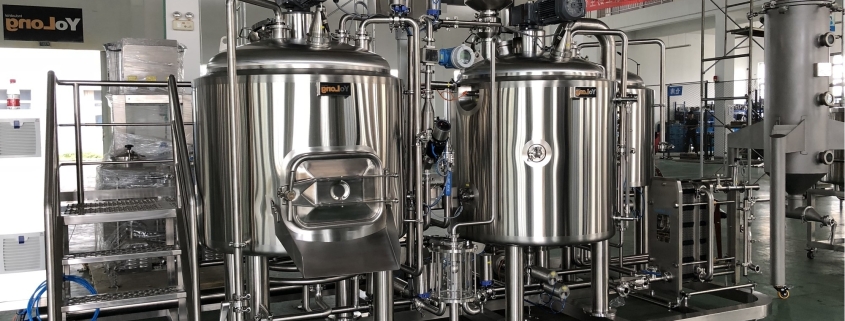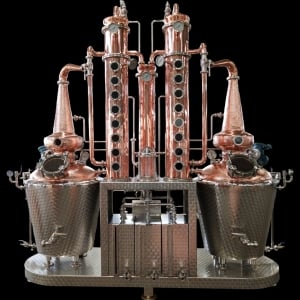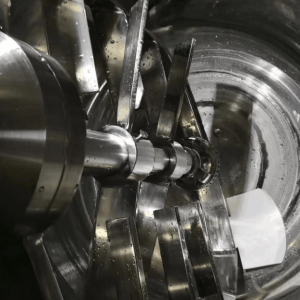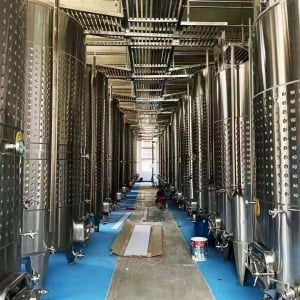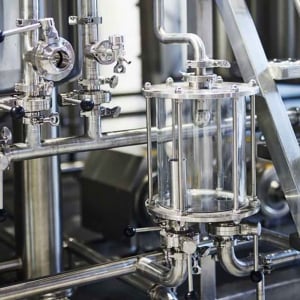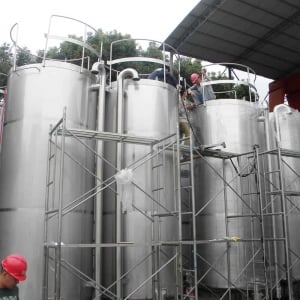Craft Beer Brewing Equipment
Craft beer is more than just a drink—it’s an art form, a science, and a way of life for enthusiasts. But to turn those grains, hops, and water into a masterpiece, you need the right equipment. Whether you’re a homebrewer looking to scale up or a brewery planning to upgrade, understanding the intricacies of craft beer brewing equipment is essential. In this guide, we’ll dive deep into everything you need to know, from essential gear to advanced systems, and even tips for choosing suppliers and maintaining your setup.
Overview of Craft Beer Brewing Equipment
Brewing craft beer requires a combination of precision and creativity. At its core, the process involves extracting sugars from grains, fermenting them with yeast, and creating flavors with hops and other ingredients. But to make this magic happen, you need specialized equipment tailored to the craft brewing process. Here’s a quick rundown:
- Brewing systems come in various sizes, from compact setups for hobbyists to industrial-scale systems for commercial brewers.
- Customizability is a key consideration, allowing brewers to fine-tune their equipment to suit unique brewing styles.
- The right equipment ensures consistency, efficiency, and quality, which are crucial in today’s competitive craft beer market.
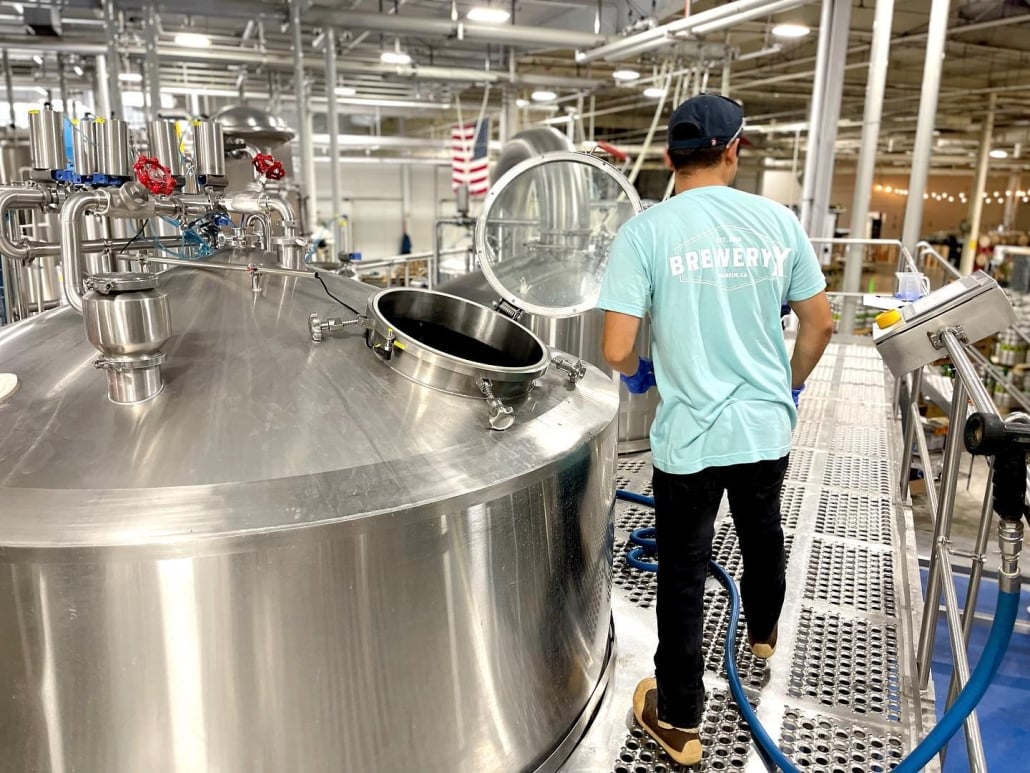
Essential Equipment for Craft Beer Brewing
Let’s explore the must-have equipment and their roles in the brewing process. Craft beer brewing equipment can be broadly divided into preparation, brewing, fermentation, and packaging categories.
Preparation Equipment
- Grain Mills
Used to crush grains, grain mills ensure the starches are accessible for mashing. The crush size directly impacts efficiency and flavor extraction. Opt for adjustable mills for greater control. - Hot Liquor Tanks (HLT)
This tank is crucial for heating water used in mashing and sparging. Temperature precision is key to extracting the right compounds from the malt.
Brewing Equipment
- Mash Tuns
These insulated vessels mix crushed grains with water to convert starches into fermentable sugars. Features like false bottoms and stirring mechanisms improve performance. - Boiling Kettles
Once sugars are extracted, the wort is boiled to sterilize it and incorporate hops for bitterness and aroma. Look for kettles with precise temperature controls and integrated whirlpool features. - Heat Exchangers
Cooling the hot wort rapidly after boiling is essential for proper yeast pitching. Plate or tube heat exchangers are commonly used to achieve quick, efficient cooling.
Fermentation Equipment
- Fermenters
These tanks are where yeast works its magic, turning sugars into alcohol and carbon dioxide. Stainless steel fermenters with conical bottoms make it easy to harvest yeast and maintain sanitation. - Temperature Control Systems
Consistent temperature is critical during fermentation. Glycol chillers and temperature jackets ensure the ideal environment for yeast activity.
Packaging Equipment
- Bright Beer Tanks
After fermentation, beer is clarified and carbonated in these tanks. They serve as a final staging point before packaging. - Kegging and Bottling Machines
Efficient and sanitary packaging systems ensure your beer reaches customers in peak condition. Options include manual, semi-automatic, and fully automated systems.
Brewing Process with Craft Beer Brewing Equipment
Brewing beer involves a series of steps where each piece of equipment plays a specific role. Here’s a simplified breakdown:
- Milling
Crushed grains allow enzymes to access starches for mashing. - Mashing
In the mash tun, crushed grains mix with hot water to convert starches to sugars. - Boiling
The wort is boiled and hops are added for bitterness, flavor, and aroma. - Cooling
Rapid cooling of the wort prevents contamination and prepares it for fermentation. - Fermentation
Yeast is added to the cooled wort in fermenters, where it ferments over days or weeks. - Clarification and Packaging
The finished beer is clarified, carbonated, and packaged in kegs, bottles, or cans.
Comparing Craft Beer Brewing Equipment by Parameters
| Parameter | Homebrew Systems | Small Commercial Breweries | Large Craft Breweries |
|---|---|---|---|
| Capacity | 5–20 gallons | 1–10 barrels | 20+ barrels |
| Space Requirements | Compact, fits in small areas | Requires a dedicated brewing space | Large-scale industrial facilities |
| Customization | Minimal | Moderate | Extensive |
| Price Range | $500–$5,000 | $10,000–$100,000 | $250,000+ |
| Ease of Operation | Beginner-friendly | Moderate | Requires professional training |
Factors to Consider When Choosing Craft Beer Brewing Equipment
Budget and Scale
What’s your production goal? Homebrewers might lean towards compact systems, while commercial brewers need robust, scalable equipment.
Quality and Durability
Stainless steel is the gold standard for brewing due to its resistance to corrosion and ease of cleaning.
Customizability
Do you want control over every brewing parameter? Opt for systems with modular designs and programmable controls.
Supplier Reputation
Look for suppliers with positive reviews and proven expertise in the brewing industry.
Top Suppliers and Price Ranges
| Supplier Name | Specialization | Price Range | Location |
|---|---|---|---|
| SS Brewtech | Home and small-scale systems | $500–$15,000 | USA |
| Blichmann Engineering | Innovative brewing gear | $1,000–$20,000 | USA |
| BrauKon | Commercial brewing systems | $50,000–$500,000 | Germany |
| Alfa Laval | Heat exchangers and pumps | $5,000–$50,000 | Global |
Installation, Operation, and Maintenance of Craft Beer Brewing Equipment
| Aspect | Details |
|---|---|
| Installation | Ensure proper spacing, ventilation, and utility connections for seamless setup. |
| Operation | Familiarize yourself with equipment manuals, especially for automated or semi-automated systems. |
| Maintenance | Regular cleaning, sanitization, and inspection prevent contamination and prolong equipment life. |
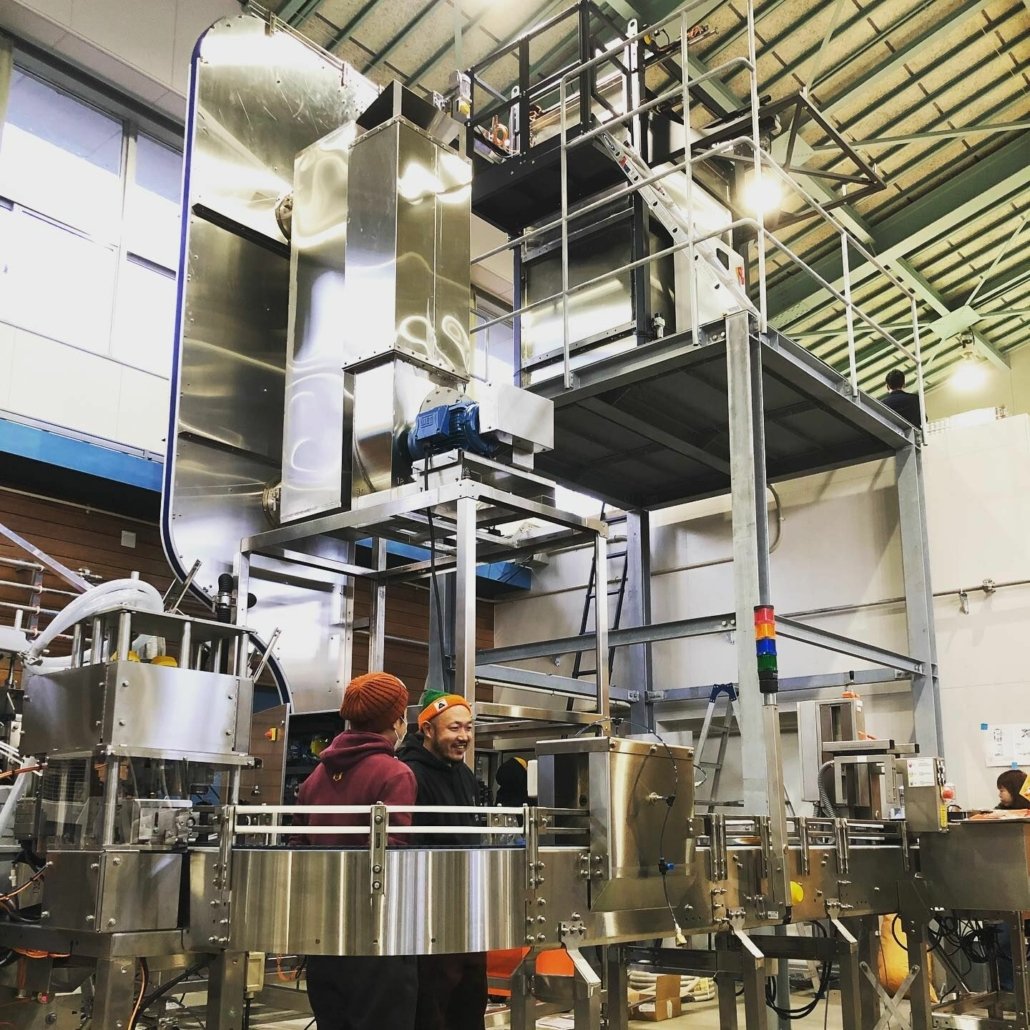
Advantages and Limitations of Craft Beer Brewing Equipment
| Advantages | Limitations |
|---|---|
| High precision and control | Initial investment is high |
| Scalable production | Requires regular maintenance |
| Consistency in quality | Learning curve for new users |
FAQs
| Question | Answer |
|---|---|
| What is the best material for brewing equipment? | Stainless steel is ideal due to its durability and resistance to contamination. |
| Can I start with basic equipment and scale up? | Absolutely! Many brewers start small and gradually upgrade as they grow. |
| How do I maintain my equipment? | Regular cleaning, sanitization, and proper storage ensure longevity. |
| Is automation worth the cost? | For commercial setups, automation saves time and improves consistency. |

